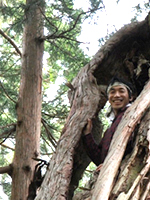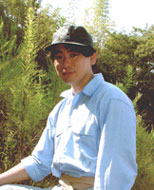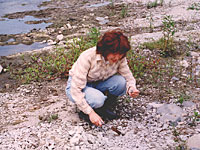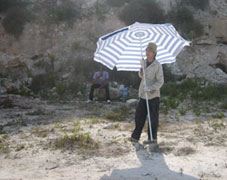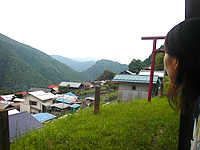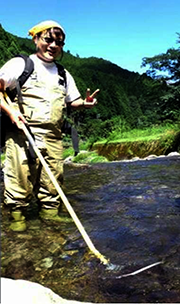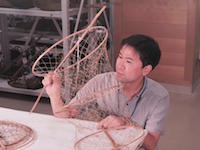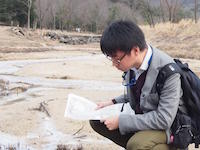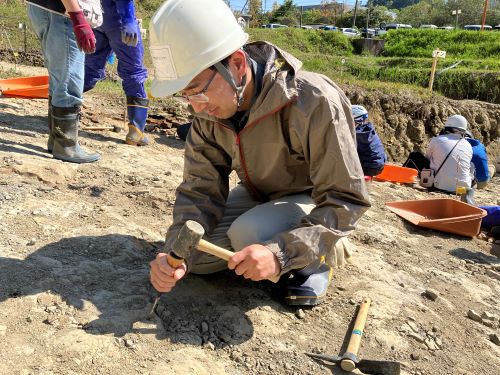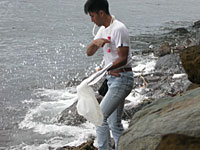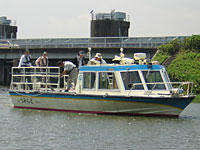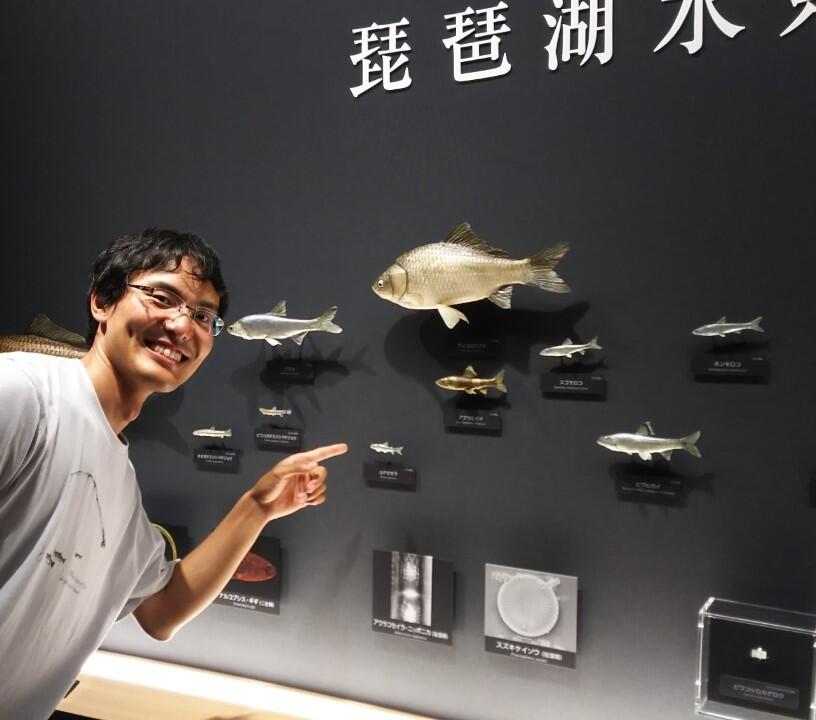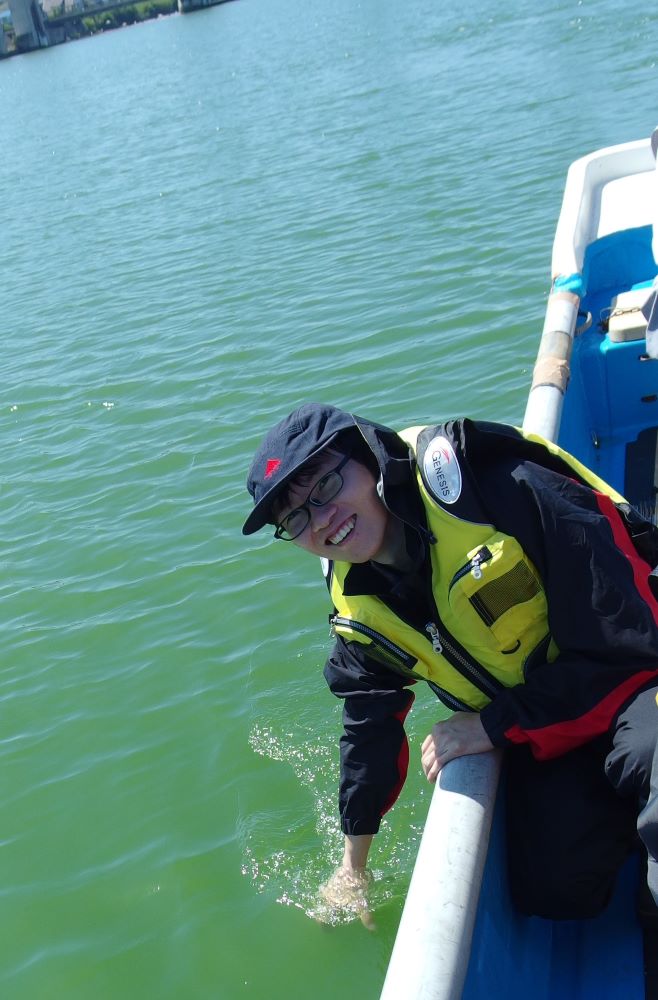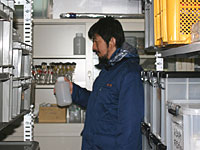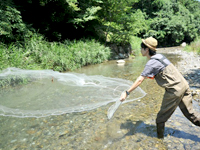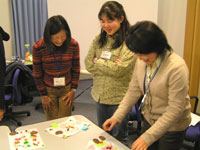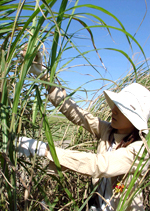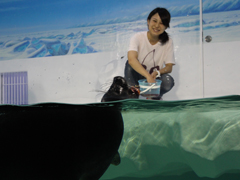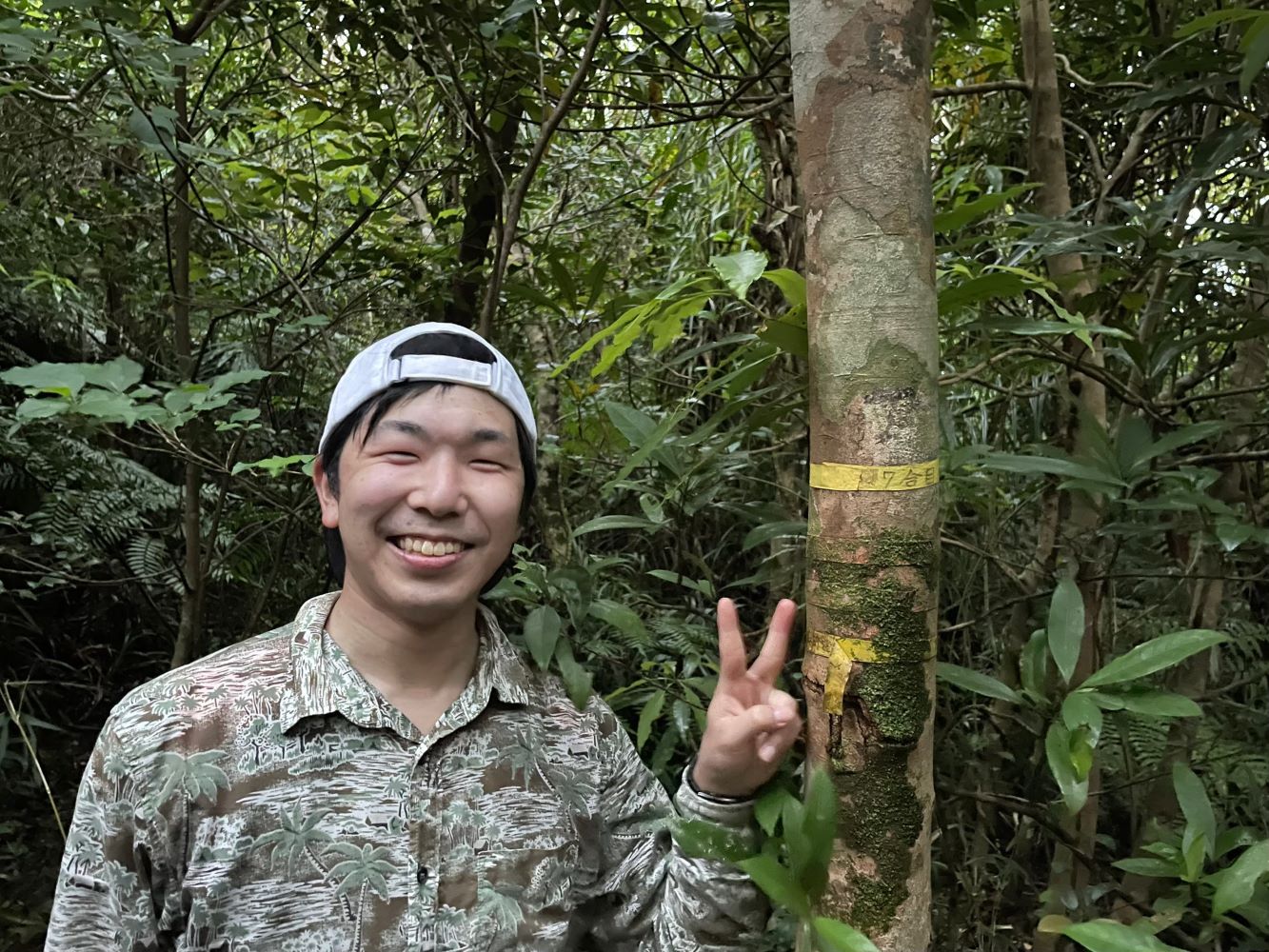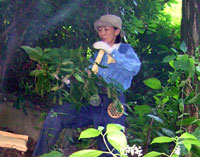
Specialty
- Environmental changes in Lake Biwa and its watershed over the past 150 years (based on social changes from the late Edo period to the Meiji period)
- Environmental history of the Great Cormorants and people through the forests based on the nutrient supply by the cormorants
- Historical relationship between the Great Cormorants and people and modern management of the conflicts between them
- Behavior and ecology of the Japanese Cormorants bred for cormorant fishing
Keywords of Research
-
Birds, nutrient transportation, ecosystem functions, ecosystem services, relationship between cormorants and people.
Readily Accessible Research Contributions
- Kameda KO (2020) 7.2.4 Population increase of the Great Cormorant Phalacrocorax carbo and measures taken to reduce its damage to the fisheries and forests of Lake Biwa. Kawanabe H, Nishino M, Maehata M (eds). Lake Biwa: Interactions between Nature and People 2: 603-608. Springer.
- Hashimoto H, Sugawa H, Kameda KO (2020) 2.9 Characteristics of avifauna of Lake Biwa and its long-term trends. Kawanabe H, Nishino M, Maehata M (eds). Lake Biwa: Interactions between Nature and People 2: 237-242. Springer.
- Fujii H, Kameda KO, Makino A, Maesako Y (2019) Traditional Custom of the Utilization of Herons and Great Cormorants at Lake Biwa ̶ the Culture of Bird Utilization from the Edo Period to the Present Day. Journal of Yamashina Institute for Ornithology 51: 1-28. (Japanese with English Abstract) https://doi.org/10.3312/jyio.51.1
- Fujita MS and Kameda KO (2016) Nutrient Dynamics and Nutrient Cycling by Birds. Sekercioglu ÇH, Wenny DG, and Whelan CJ (eds). Why Birds Matter: Avian Ecological Function and Ecosystem Services.The University of Chicago Press, pp271-297.
- Mulder CPH, Jones HP, Kameda K, Palmborg C, Schmidt S, Ellis JC, Orrock JL, Wait DA, Wardle DA, Yang L, Young H, Croll DA, and Vidal E (2011) Impacts of Seabirds on Plant and Soil Properties. Mulder CPH, Anderson WB, Towns DR, and Bellingham PJ eds. Seabird Islands: Ecology, Invasion, and Restoration, Oxford University Press :135-176.
(When sending an email, please replace △ with @)
